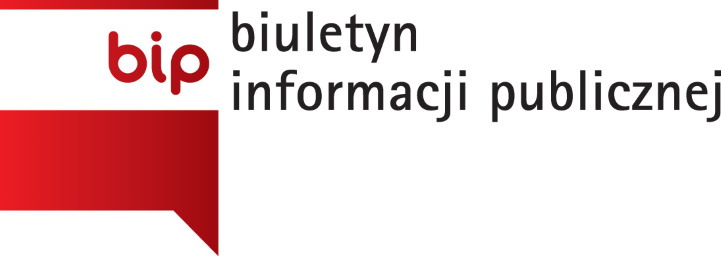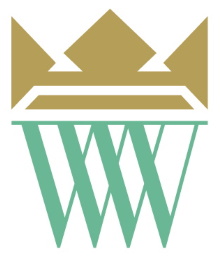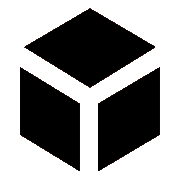Launch of a website with digital collections of several museums
Giving users access to the website www.inmuseums.pl is a joyful culmination of over two years of work of a team of specialists from various fields and from various parts of Poland.
Database of variety and knowledge
On the website you will find mainly professionally digitised and detailed collections of five museums: the Museum of King Jan III's Palace at Wilanów – the leader of the "www.muzeach" project, the POLIN Museum of the History of Polish Jews, the National Museum in Lublin, the National Museum in Szczecin, and the Castle Museum in Łańcut. With the project completed, you can view about 10,000 objects on the website, and the number is expected to keep growing! It is an enormous resource in the area of art, history and culture in which you will surely find something for yourself. From relics of human activity from hundreds of thousands of years ago, through folk art, artistic craftsmanship, numerous mementoes of Polish Jews, to contemporary art. The objects presented on the website are provided with information such as: dimensions, technique, material from which they were made, date of creation or finding, popularising description and the current location of the item. This last information may be particularly important for those who want closer contact with art and cultural heritage. It specifies whether the item is on exhibition now and if so where. All information about objects gathered on the website presents the latest available knowledge about them.
Bear in mind that not all objects in museums are on exhibition. Some of them are kept in warehouses, to which visitors have limited access. There are many reasons for this, such as the condition of the items, which makes displaying them unsafe, or insufficient exhibition space. In such cases, professional processing, documentation, digitisation and publication on the Internet are an excellent, and sometimes the only way to make the objects available to a wide public.
___
Read also: Five intriguing museum objects that you can find on the website www.inmuseums.pl. Chosen by the website creators.
Every detail counts
In addition to documentary photography, which is the basic and most widely used method of digitising collections, other techniques were used to create digital images of some objects. 3D models of sculptures, installations and furniture were made on the basis of data collected by two methods – structured light scanning and photogrammetry. The models – as opposed to the objects on exhibition – can be seen from all sides. You can also change their lighting, look inside, and sometimes make the surface disappear and analyse only their shape.
RTI (Reflectance Transformation Imaging) is a technique in which flat objects are recorded in changing lighting. Thanks to this, when using the website, you can observe them by moving the points of light with the mouse, keyboard or by touching (on mobile devices with touch screens). The change in lighting causes flat, clearly textured objects to reveal their secrets – the smallest details that cannot be noticed in ordinary lighting conditions. The function is very useful e.g. for conservators, but it will probably also be appreciated by people who just want to examine every detail of a work of art.
GIS (Geographical Information System) websites are a combination of maps and databases – an advanced and powerful tool providing information about various objects in space, e.g. archaeological sites, interiors and facades of buildings, trees, or historical maps with modern equivalents superimposed on them. An inconspicuous, but certainly interesting function of GIS is the ability to measure the length or area of a given element. This means that sitting in the comfort of your own home, you can learn, for example, the real dimensions of a room in the Wilanów Palace, from which you may be hundreds of kilometres away!
Gigapixel photography produces photographs of two-dimensional objects, which consists of many high-resolution photographs combined into one large image. As website users, you will not see these connections, but you will undoubtedly appreciate the feeling of immersion in the picture watched. Such an experience is often impossible in a museum exhibition. For preventive and conservation reasons, visitors are not allowed to get too close to exhibits, and even if there were, the human eye is not able to register so many small details.
Digital documentation was made with attention to every little detail. Not the smallest speck of dust could appear on the image recorded on the lens matrix, and the colours correspond to the real colours of the object as much as possible. This means high discipline and standardisation of tasks in digitisation workshops. All this to objectively and as accurately as possible digitally reflect the extraordinary museum collections – our common heritage.
___
Read also:
Digitisation or where works of art on the Internet come from
Digitisation and publication of 3D digital collections as part of the "www.muzeach" project
Digitisation and publication of 2D museum objects as part of the "www.muzeach" project
___
Digital collections and what to do with them?
The most important element of the website is a contextual search engine with advanced filters and sorting options. Thanks to them, it is possible to perform extensive queries, which will be especially useful for scientists, researchers and students. Users can download the list with the search results to their devices in PDF and CSV formats. After creating an account on the website and logging in, the user can take advantage of even more possibilities:
- adding resources to likes,
- creating own notes on resources,
- creating own thematic galleries of objects,
- saving search criteria; with this feature the user will receive a notification if new objects that match the search criteria appear in the system.
On the website you will also find educational paths – stories that connect, sometimes in a surprising and non-obvious way, objects from various museums. It is informative and engaging material, combined with exercises and educational challenges. You can download them on your own device and use them further, e.g. during school activities or family weekends. Not only children will have a good time with educational paths!
If you do not know where to start your adventure with www.inmuseums.pl, use the "Objects to start with" section on the home page or check the "Educational paths" tab. Get involved, get inspired!
See also: Object synergy. How to educate in an interesting and engaging way with the use of museum collections
___
This is just the beginning
We hope that the end of the "www.muzeach" project actually means only the beginning. We invite other museums to cooperate, both small and large, eager to make their collections available digitally, in one place. Our mission is to expand and improve access to digital cultural heritage and educational materials created with its use. We enable the use and further creative and scientific processing of the accumulated knowledge on transparent terms.
Keywords:
In museums, museums, digital collections, digitisation, museum collections, advanced digitisation techniques, cultural heritage, multi-search engine, Digital Poland, Museum of King Jan III's Palace at Wilanów, POLIN Museum of the History of Polish Jews, National Museum in Lublin, National Museum in Szczecin, Castle Museum in Łańcut, European Funds.
The project “www.muzeach” is co-financed from European Funds and from the funds of the Ministry of Culture and National of the Republic of Poland. The project is implemented under the Operational Programme Digital Poland for the years 2014-2020, Priority Axis 2 “E-government and open government,” Action 2.3 “Digital availability and usefulness of public sector information,” Sub-action 2.3.2 “Digital availability of culture resources.”















